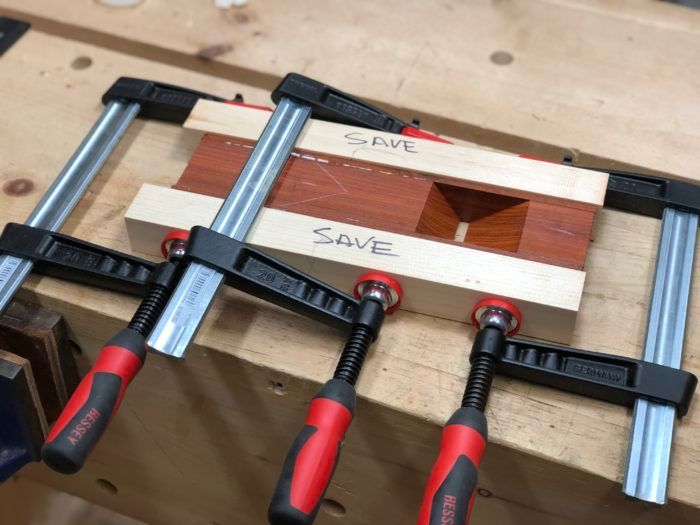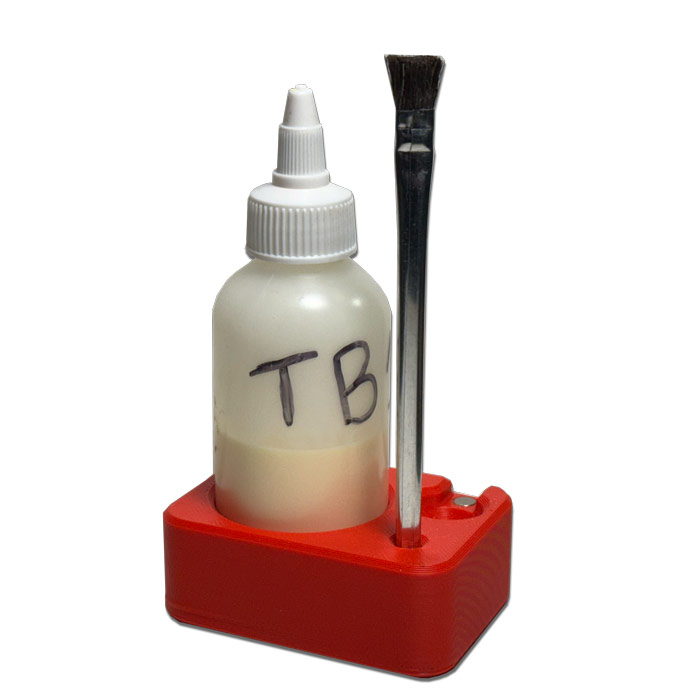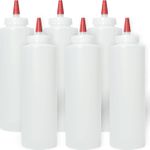Cauling All Glue-Ups
Cauls aren't just for keeping your workpieces free of marks left by clamping pressure. In his blog, Vic Tesolin argues they greatly reduce the number of clamps required to get the job done well.
One of the most important skills in woodworking is learning how to glue smaller pieces of wood together to make larger pieces of wood. If you think about it, tables, chairs, cabinets, and boxes all have multiple pieces that are brought together to make the final object. There are many factors that go into a successful glue-up, but the one that is often overlooked is the use of cauls.

Most people use cauls merely as a way to protect workpieces from clamping marks. As an aside, do yourself a favor and keep your clamps clean of glue so you won’t have that problem. However, the best use of cauls is to help distribute clamping pressure. We know that clamping pressure radiates out from the point of contact at around 45°. With this in mind, if we use a caul to increase the distance of the point of contact to the glueline, we will end up with a larger area of the glueline receiving clamping pressure.
In the lead photo, you can see that a caul is necessary when making a Krenov-style plane because the cheek material is only 6-8mm thick. This would not distribute enough pressure and it would require many clamps to get a good glueline. Simply add a caul to get adequate clamping pressure and greatly reduce the number of clamps required to get the job done. Woodworkers joke that you can never have too many clamps and while I couldn’t agree more, it certainly makes glue-ups more stressful if you keep adding clamps but still don’t get the results you want.
So, keep a good stock of 2-by material around for caul making. I use this material because it is inexpensive and it’s softer than most of the items I’m clamping so I don’t have to worry about damaging surfaces. If you are worried about glue squeeze-out, then guard the cauls with some packing tape so you don’t glue them to your project. If you make projects repeatably, label your cauls and hang on to them. I make planes often and teach plane making so I have many plane-sized cauls at my disposal.
Making cauls is cheap and easy and will give you assurance that your glue-up will be successful, freeing you up to stress about the next step.
In order to understand, you must do – Vic
 |
|
 |
|
 |
How to Tame Tricky Glue-UpsCustom cauls can handle every angle and curve |
Fine Woodworking Recommended Products

Jorgensen 6 inch Bar Clamp Set, 4 Pack

4-oz. Glue Bottle - 3 Pack

Glue Bottle























Comments
I love this headline so much.
Log in or create an account to post a comment.
Sign up Log in